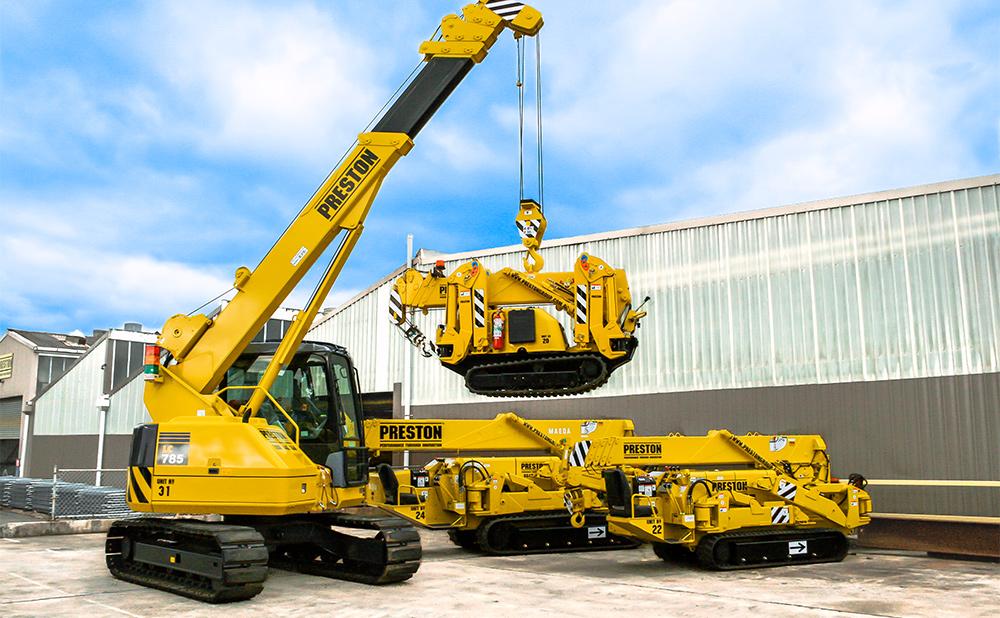Robots have emerged as the driving force behind the revolution in manufacturing and assembly lines, reshaping industries worldwide. With their unmatched precision, speed, and adaptability, robots have transformed the way products are made and assembled, ushering in a new era of efficiency and productivity. In different sectors and industries, they are making phenomenal progress. But in what context? Let’s find out in this blog!
Table of Contents
Automation and Efficiency
With the advent of solutions like the TIA Portal in modern industrial automation, gone are the days of repetitive manual labor. Robots, enhanced by such advanced systems, have taken over mundane tasks, freeing up human workers for more complex and creative endeavors.
These mechanical wonders can tirelessly perform monotonous tasks with unparalleled accuracy, minimizing errors and waste. From welding and painting to packaging and quality control, robots have become invaluable assets in streamlining production processes.
Specialized Robots for Tailored Manufacturing
The advancements in robotics technology have led to the development of highly specialized robots that are tailored to specific manufacturing needs.
Collaborative robots, or cobots, work alongside humans, sharing workspace and tasks. These intelligent machines can detect and adapt to human presence, ensuring safety and efficiency in shared work environments.
Future of Comfort and Convenience
Robotic Bed with Position Control Introducing the future of comfort and convenience: the robotic bed with position control Progressive Bed.
This innovative marvel seamlessly adapts to your desired sleeping or lounging positions at the touch of a button. Whether you prefer an elevated backrest for reading or a zero-gravity position for optimal relaxation, this bed caters to your every need.
Experience personalized comfort and indulge in the luxury of effortless adjustments, all thanks to the advanced robotics technology that revolutionizes your sleep experience.
Artificial Intelligence and Real-time Optimization Robots equipped with artificial intelligence (AI) and machine learning algorithms can analyze vast amounts of data in real time, enabling them to optimize production processes on the fly.
They can make instant adjustments, enhance productivity, reduce downtime, and identify potential issues before they escalate. This level of automation has revolutionized the manufacturing landscape, making it more agile and responsive to market demands.
Cost Savings and Increased Productivity
The integration of robots into assembly lines has also brought about significant cost savings for manufacturers. By replacing human workers in repetitive and physically demanding tasks, companies can reduce labor costs, while simultaneously boosting output.
Additionally, robots can operate around the clock, eliminating the need for shift changes and maximizing production efficiency.
Enhanced Product Quality and Customization
Furthermore, robots have played a pivotal role in enhancing product quality and customization. With their precise movements and consistent performance, they can ensure uniformity and accuracy in assembly processes.
This level of precision minimizes defects and improves overall product quality. Moreover, robots can be easily reprogrammed to accommodate changes in product design or customization requests, providing manufacturers with unparalleled flexibility.
Job Creation and Workforce Opportunities
While some may express concerns about the automation job loss caused by increased automation, the reality is that the rise of robots in manufacturing has created new opportunities.
The demand for skilled technicians and engineers to design, program, and maintain these robotic systems has soared. The collaboration between humans and robots has given rise to a new breed of jobs that require expertise in robotics and automation, providing exciting career prospects for the workforce.
Conclusion
The impact of robots on manufacturing and assembly lines cannot be overstated. Their ability to improve efficiency, precision, and productivity has transformed industries, allowing for faster production cycles, higher product quality, and greater customization.
As robots continue to evolve, their integration into manufacturing processes will undoubtedly drive further innovation and revolutionize industries around the world.





